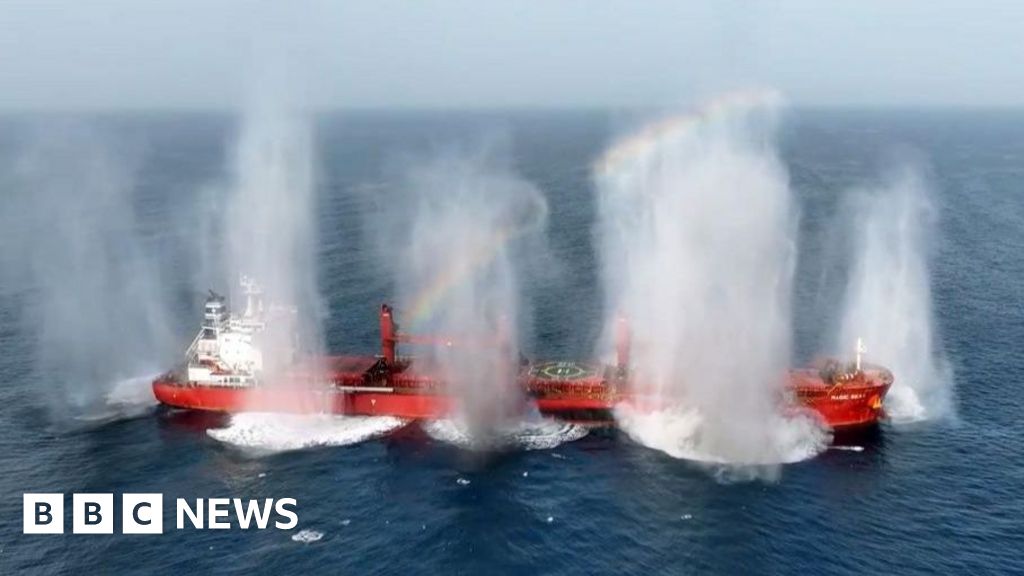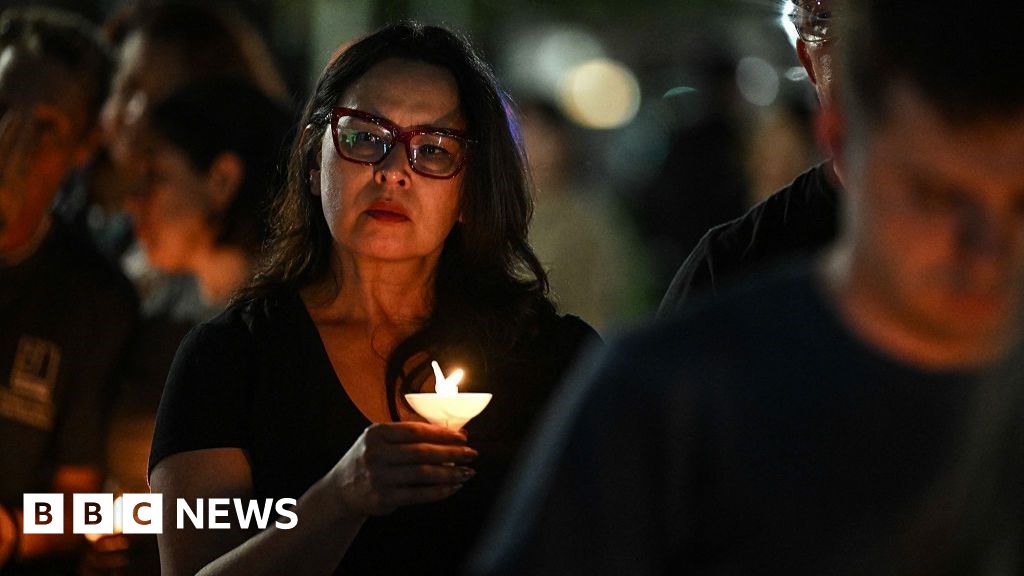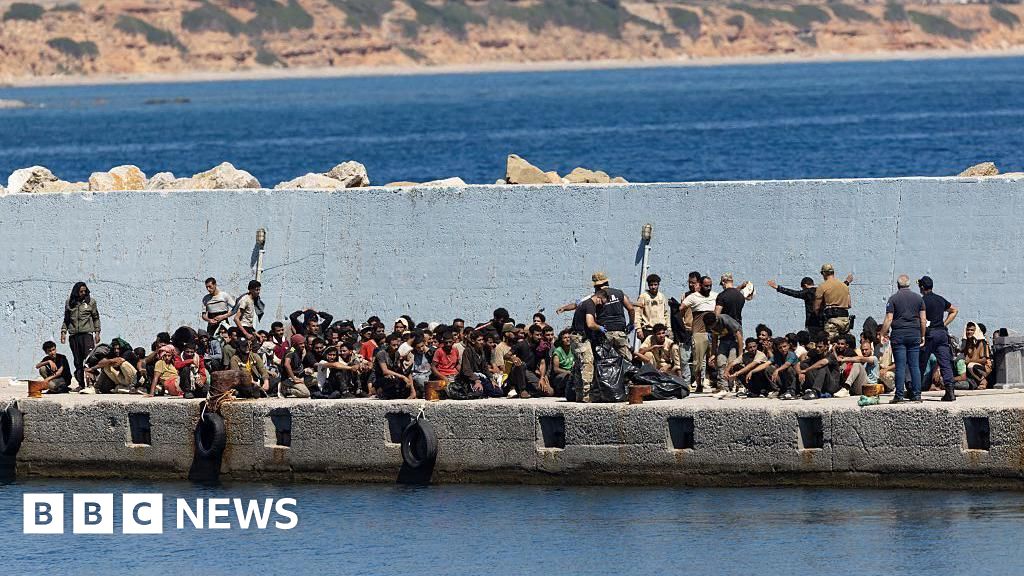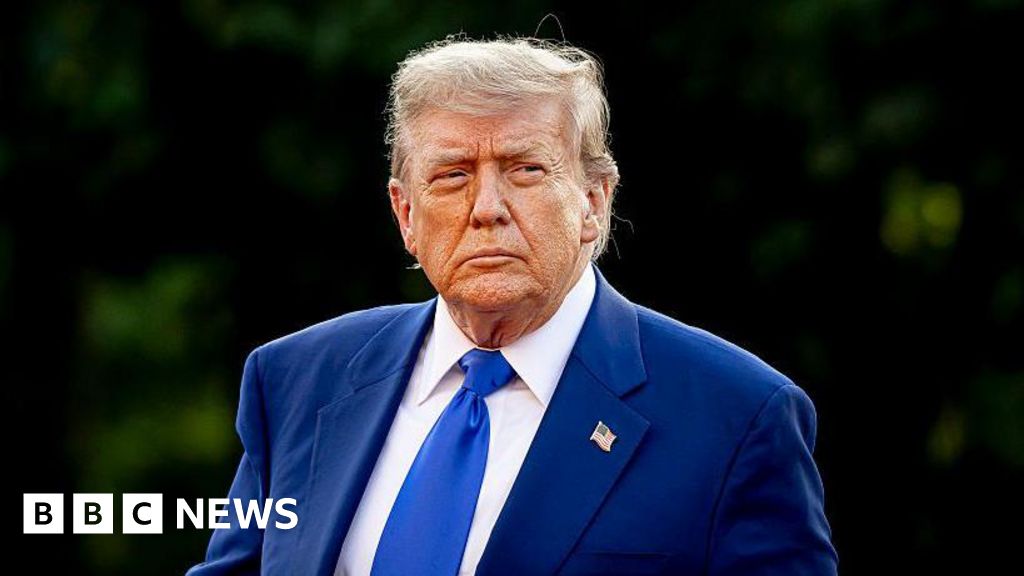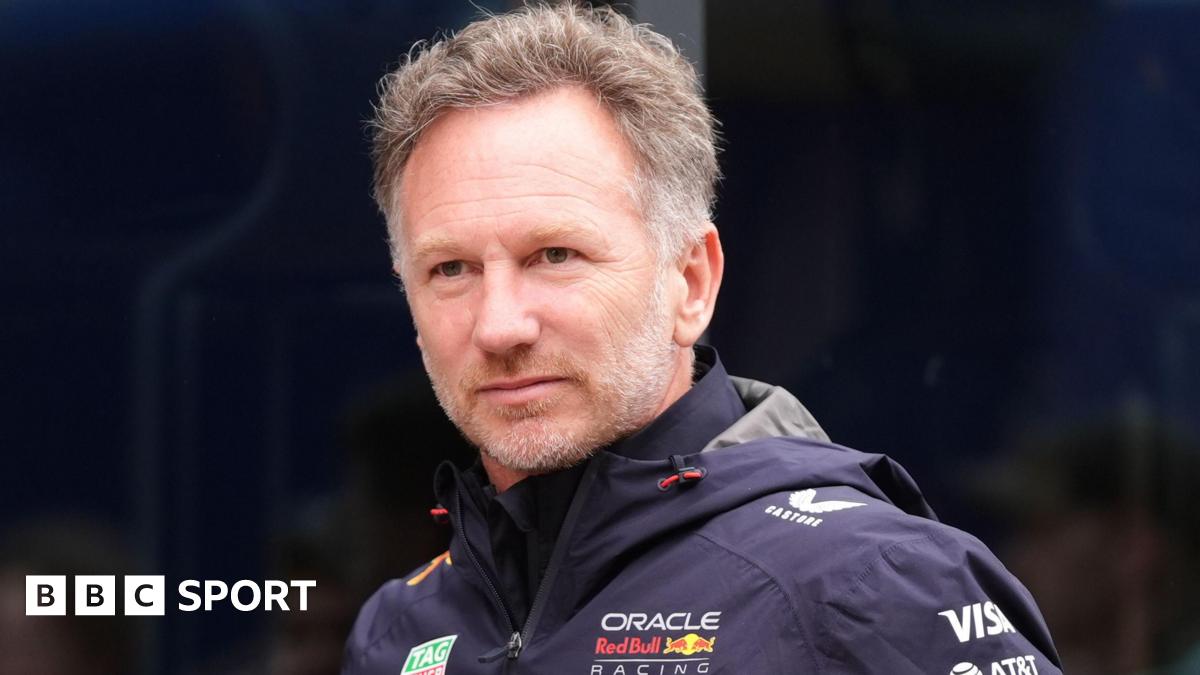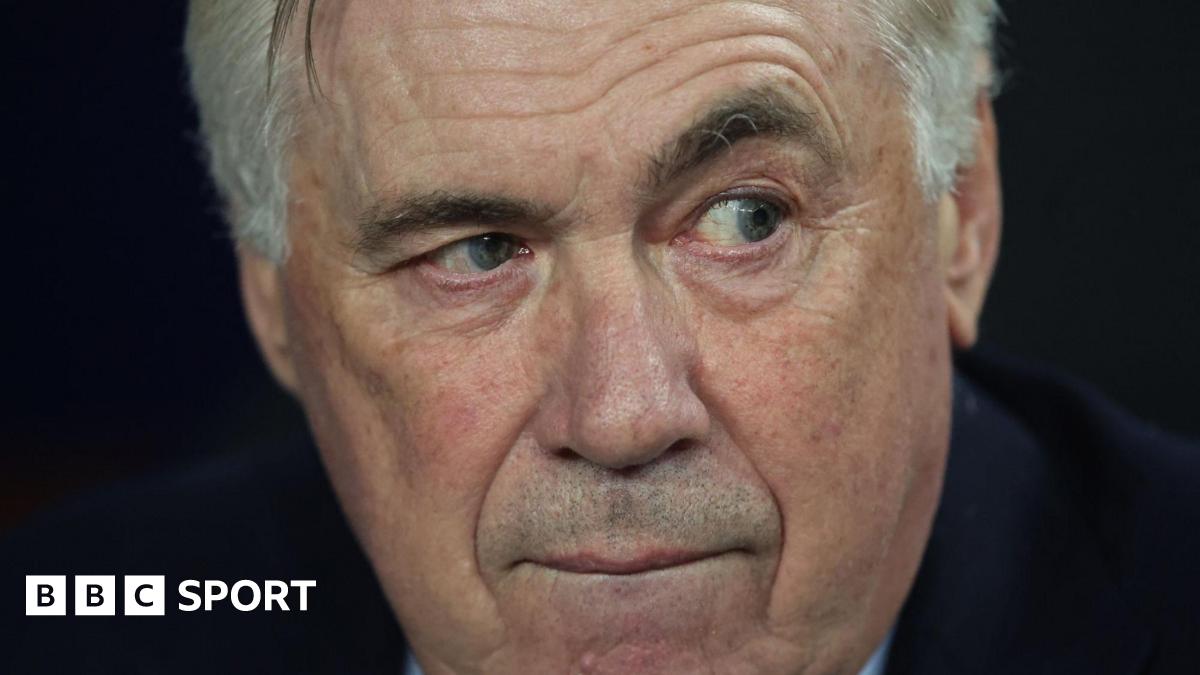India’s aviation regulator has defended the safety of the country’s skies after questions have been raised in the aftermath of the devastating Air India crash that killed approximately 275 people.
Air India flight AI171 took off from Ahmedabad for a journey to London Gatwick on 12 June, yet only moments after takeoff, the Boeing 787crashed into a medical student accommodation.
All but one of the 242 passengers on board died, with further casualties on the ground bringing the death toll to at least 275.
As preliminary investigations into the crash start to wrap up, many are looking for answers on how safe flying is, particularly in India.
Faiz Ahmed Kidwai, the chief of the Directorate General of Civil Aviation (DGCA), India’s aviation safety regulator, has argued that despite the recent crash, flying in India is safe, in fact even more than in other parts of the world.
“India’s skies have always been safe – in the past and even today,” Mr Kidwai said in an interview with the BBC.
“If you look at global safety metrics, such as those published by the International Civil Aviation Organisation (ICAO), external, which track the number of accidents per million flights, India consistently performs better than the world average,” he said.
“There were only two years within the 2010–2024 period where we exceeded the global average – those were the years when major accidents occurred.”
When asked if the Air India crash had damaged the reputation of flying in India in the immediate aftermath, the regulatory chief said its data does not back this up.
“We looked at the data to assess whether it had any impact on domestic or international operations. There was no significant drop in traffic. At most, we observed a very marginal dip for a short period, affecting both domestic and international flights, along with a few cancellations,” he told the BBC.
“It’s natural for people to feel anxious after such incidents. But over time, as more clarity emerges and the situation is better understood, that anxiety tends to subside. Time is a great healer.”
After the Air India crash, all eyes have been on India’s aviation sector, which has produced headlines about other incidents before and after the fatal crash on 12 June, such as SpiceJet, a low-budget Indian airline, being summoned by the regulator over not addressing the cause of turboprop propeller damage.
Meanwhile, Air India Express was reprimanded by the regulator back in March for delaying engine part replacements on an Airbus A320 and falsifying records to show compliance.
The airline acknowledged this error, and Mr Kidawi said that the case was brought forward in the first place through “self-reporting by the airline”.
Mr Kidawi explained to the news organisation that aviation regulation has been improving due to airlines self-reporting issues they have had.
Indian domestic carriers have reported 2,461 technical faults since 2020, according to the federal civil aviation ministry data seen by the BBC.
IndiGo accounts for over half (1,288), followed by SpiceJet with 633, then Air India and its subsidiary Air India Express with 389 cases as of January 2025.
“Reporting of snags by airlines has gone up. This is good,” Mr Kidwai said.
“I wouldn’t say I’m pleased about it. But I do see value in the growing culture of reporting [snags]. It’s far better for every snag to be brought to the attention of the authorities than keeping quiet and operating the aircraft.”
Mr Kidwai said that due to the number of flights increasing, it’s important to “see whether the turnaround time for flights is adequate for [maintenance] checks or not”.
For more travel news and advice, listen to Simon Calder’s podcast
Source link
